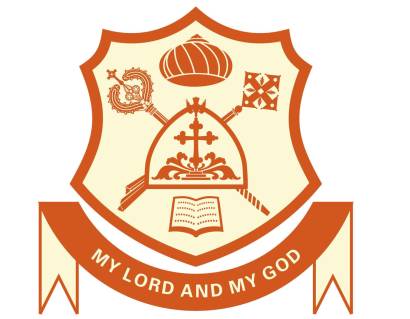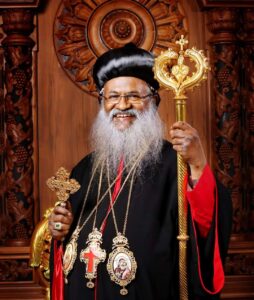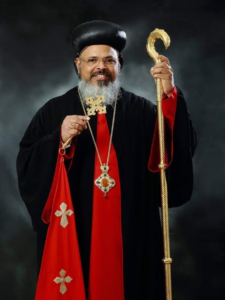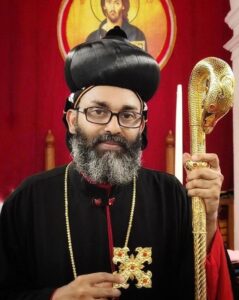
The Indian Orthodox Syrian Church was started by St. Thomas, who was one of the twelve apostles of Jesus Christ. He came to India in the year A.D. 52 and preached the Christian faith.
During the fourth century, the Indian Church made a strong connection with the Persian or East Syrian Church. From them, Indian Christians started using the East Syrian language and followed their liturgy. Because of this, they became known as ‘Syrian Christians’.
In the sixteenth century, Roman Catholic missionaries arrived in Kerala. They wanted the Syrian Christians to join the Roman Catholic Church. This caused division among the believers. The ones who accepted Roman Catholic faith are today known as Syro-Malabar Catholics. Later, Protestant missionaries also came to Kerala and worked among Syrian Christians. This also made some divisions in the community.
In the seventeenth century, the Indian Church made relations with the Antiochene Church, which again brought further divisions. However, because of this relationship, the Church started following West Syrian traditions and liturgy. The Church entered a new period in history when the Catholicate was officially formed in 1912.
For many centuries, the head bishops of the Thomas Christians were always considered as the successors of St. Thomas, the founder of the Indian Church.
The faith, traditions, and authority given by St. Thomas from the early times is known as the ‘Throne of St. Thomas’. This idea is based on the words of Jesus Christ Himself.
In the Gospel of Matthew 19:28, Jesus says, “Amen, I say to you, you who have followed me, when the Son of Man is seated on the throne of his glory in the rebirth, you yourselves shall also sit upon twelve thrones ruling the twelve tribes of Israel.”
In Luke 22:28, Jesus tells His twelve apostles, “You are those who have continued with me in trials. As my father appointed a Kingdom for me, so do I appoint for you that you may eat and drink at my table in my Kingdom, and sit on thrones judging the twelve tribes of Israel.”
These verses clearly show that Jesus gave authority to all twelve apostles, including St. Thomas. The Indian Church always believed that St. Thomas had his apostolic throne in India. When the Catholicate was established, the head of the Malankara Church took the title “Successor of the Apostolic Throne of St. Thomas.”
Today, the Church follows the West Syrian liturgy. The Church’s faith is based on the decisions of the three early Ecumenical Councils: Nicea (A.D. 325), Constantinople (A.D. 381), and Ephesus (A.D. 431).
The Church is in communion with other Oriental Orthodox Churches, including Syriac, Alexandrian, Armenian, Eritrean, and Ethiopian Orthodox Churches. The Church also has a good relationship with Eastern Orthodox, Roman Catholic, and Protestant Churches.
At present, this Church has around 2.5 million members, with most of them living in Kerala, South-West India. But many members are also spread across different parts of the world.
The Supreme Head of the Church today is Baselios Marthoma Mathews III. His official residence and the Church headquarters are at ‘Catholicate Palace’ in Kottayam, Kerala. The Church is organized into 30 dioceses, and each diocese is led by a bishop for administrative and spiritual guidance.

Baselios Marthoma Mathews III
Catholicos of The East and Malankara Metropolitan

H.G. Thomas Mar Makarios
First Diocesan Metropolitan

H.G. Mathews Mar Thimothios
Former Diocesan Metropolitan

H.G. Abraham Mar Stephanos
Current Diocesan Metropolitan
